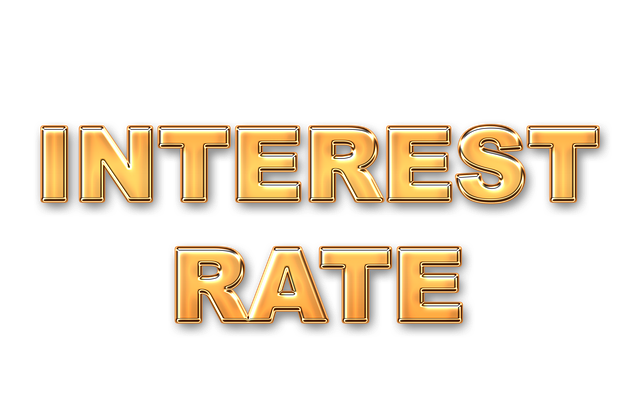Lower interest rates boost accessibility and demand in the real estate market, driving growth through competitive buyer activity and upward pressure on property values. Real estate professionals can capitalize by enhancing market analysis, leveraging data insights, investing in digital tools for broader reach, and prioritizing client relationships to stay competitive in this favorable environment.
In today’s economic landscape, lower interest rates are revving up the housing market. This article explores how these reduced rates are stimulating demand and transforming the real estate sector. We delve into the effects on first-time buyers and experienced investors alike, providing insights into a boom that’s benefiting both markets. Additionally, we offer strategies for real estate professionals to capitalize on this environment, ensuring they stay ahead in a dynamic sector.
Lower Rates: Unlocking Homeownership Dreams

Lower interest rates have a profound impact on the real estate market, making homeownership more accessible and appealing to many. When rates drop, it means borrowing money becomes cheaper, which is great news for prospective buyers who have been waiting to enter the market or upgrade their properties. With lower rates, the dream of owning a home becomes more attainable, as the monthly mortgage payments become more manageable.
This stimulus can lead to an increase in demand for real estate, as people realize they can afford to take that leap into homeownership. It’s a win-win situation; buyers get a better deal on their loans, and sellers might find themselves in a competitive market with eager buyers ready to make offers. This shift can significantly influence the dynamics of the real estate sector, encouraging more people to invest in property and fostering growth in local communities.
The Impact on Market Dynamics: A Boost for Buyers

Lower interest rates act as a catalyst, igniting a spark in the real estate market. With financing costs reduced, buyers are more inclined to enter the market, making purchasing a home more affordable. This influx can lead to increased competition among purchasers, especially in areas with high demand and limited inventory. As a result, property values may experience upward pressure.
The boost in buyer activity creates a dynamic shift, favouring those seeking to acquire property. It encourages individuals and families to take the leap into homeownership, fostering a sense of security and stability. This positive market momentum can lead to a vibrant real estate landscape, where buyers find favourable conditions, and sellers benefit from a competitive yet thriving market.
Strategies for Real Estate Professionals in a Lower Rate Environment

In an environment where lower interest rates are driving up housing demand, real estate professionals can capitalize on this trend by becoming experts in market analysis and buyer behavior. They should leverage data-driven insights to identify emerging trends and hot spots, enabling them to offer tailored advice and targeted listings that appeal to a wide range of buyers. Additionally, building strong relationships with clients becomes paramount; understanding individual needs and preferences allows agents to provide personalized service, fostering trust and encouraging repeat business.
To stay competitive, real estate professionals should invest in digital tools and platforms that streamline processes and enhance client interactions. Virtual tours, online listings, and social media marketing are effective ways to reach a broader audience while providing convenient access to properties. By embracing technology and adapting their strategies, real estate agents can navigate the lower rate environment successfully, ensuring they remain valuable resources for clients seeking to buy or sell in this favorable market.






